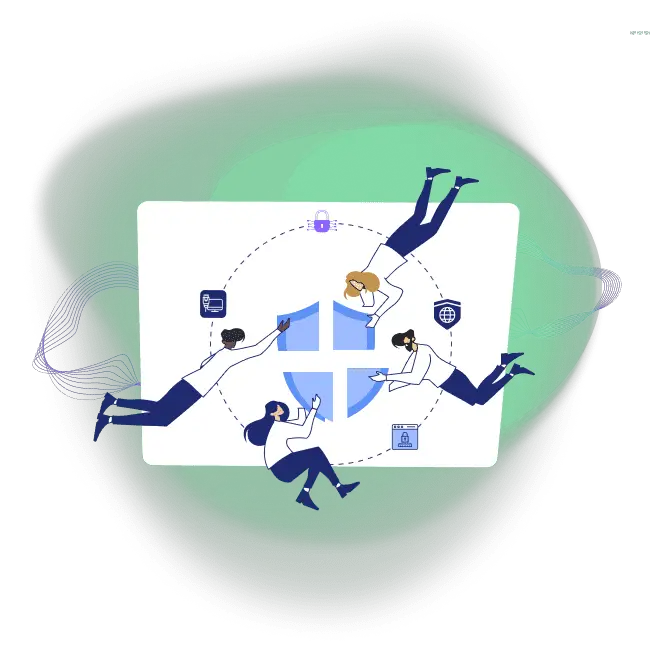

There has been a rise in work-from-home capabilities in the last few years due to the pandemic, and as more and more businesses and individuals are needing to remotely share information, security has come into question. The most accessible solution was to install a VPN (Virtual Private Network), but as time progresses, it’s becoming increasingly clear that this software could perform better. This is where Zero-Trust Network Architecture (ZTNA) is starting to gain traction.
What is a VPN?
Virtual Private Network software can be purchased and installed by individuals or businesses to create a safe, encrypted, remote portal for communications. Typically, two networks are connected (for example, servers, workstations, or even printers) and all information shared becomes untraceable by third-parties that may misuse it.
What is ZTNA?
Where a VPN will offer users access to all resources between connections after logging in, Zero-Trust Network Architecture poses restrictions so that only specific areas are permissible (these are determined by a network administrator). There is often a complex verification process for users, making the software securer and more efficient for business needs.
VPN vs ZTNA
When considering the capabilities of each software type, it’s important to understand the biggest difference between the two. This is that a VPN manages access once an account is created and the network is established, whereas ZTNA reauthorises use every time the user logs in, with the potential to create new permissions each time. Here are 3 more features that you need to know:
- ZTNA is intrinsically more secure than a VPN as users need to verify their credentials and data access can be restricted at any time prior to log in. VPNs allow verified users unlimited access however, so as long as an account and password are accepted, data will be available.
- VPNs aren’t traceable, so once an account is in use, there is no way to determine what actions are performed (i.e what information is looked at, copied, downloaded and more). With ZTNA, there is the potential to connect Privileged Access Management software (or PAM) that can detect usage and collect data that allows the network administrator to lock areas that may be deemed irrelevant or under threat.
- ZTNA servers require 2-step authentication, whereas VPNs only require an initial log in. ZTNA users will be required to follow primary authentication to access the basic workstation and a secondary process to gain access to applications, data, resources and more.
Selecting VPNs or ZTNA for your business needs
When it comes to making a decision about which one has the right capabilities, it can be important to determine your exact needs before making a commitment. As both platforms have their pros and cons, there are considerations to be made about how each will perform for those using them and how your data is accessed. The Timus zero trust network access policy is a fantastic product available from timusnetworks.com. This can cater to the needs of a host of businesses, so don’t hesitate to check it out.